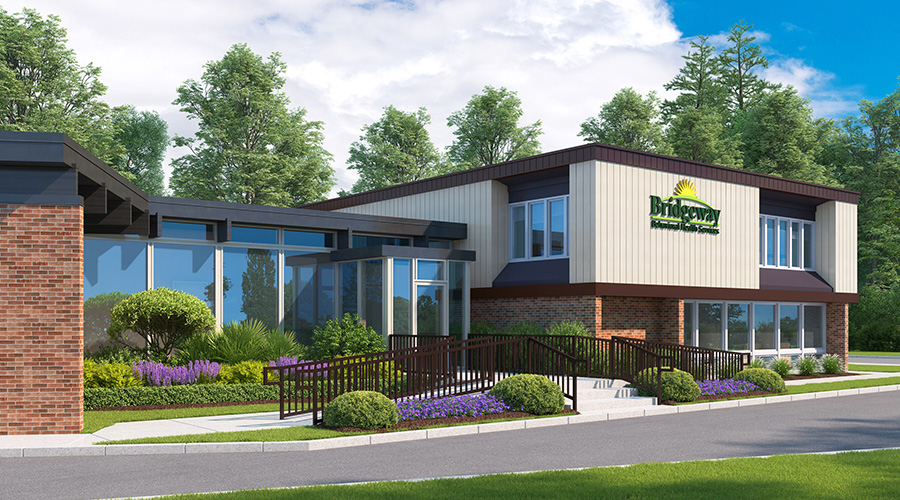Like much of the last 12 months, 2021’s tornado season is set to be unpredictable.
Scientists project a more abrupt and active tornado season this year due to La Niña, a weather pattern marked by cooler water in the Pacific Ocean that causes severe weather and high tornado activity. Many scientists are predicting that 2021 could rival the 2011 super outbreak, also caused by La Niña, that resulted in one of the worst U.S. tornado outbreaks ever recorded.
Tornado season runs from February to March in the South and April to June in the Great Plains and Midwest. It is an annual occurrence that healthcare facilities must be protected against and prepared for, and this year is no exception.
Learn the essential steps healthcare facilities should take now to ensure staff can act quickly at a time when every second counts.
One essential step is understanding facility vulnerabilities. Conduct a hazard vulnerability assessment throughout the facility to determine where issues could arise and what areas are safe. For states with a higher risk of tornadoes, there should be a hardened exterior structure in place with sturdier windows, safer interior rooms, and garage door entrances for emergency departments and vehicles.
The tornado plan also should include contingencies on what’s happening on top or outside of the facility due to construction, outdoor work, etc. These will need to be considered when and if a tornado occurs. Additionally, know exactly where emergency supplies are located and how they can be accessed in case of disaster. During the 2011 Joplin, Missouri, tornado, a local hospital was unable to access its disaster equipment because it was stored in a single location that became inaccessible due to damage.
COVID-19 protocols must also be factored into tornado preparedness procedures. To account for anything and everything, have facility teams physically walk through the emergency plans, not just read them off a sheet of paper. Seeing how and where social distance can be maintained, ensuring each person has access to a mask or other personal protective equipment and creating safe isolation spaces for COVID-19-positive patients are all components that now must be considered during disaster.
A tornado can wreak havoc in an instant, and if a healthcare facility is ill-equipped or underprepared, the consequences can be fatal. Members of the facility team can’t have muscle memory response if they haven’t thought about it. When a tornado goes from watch to warning, will your facility be ready?
Scott Cormier is the vice president of emergency management, environment of care and safety with Medxcel, specializing in facilities management, safety, environment of care, and emergency management and provides healthcare service support products and drives in-house capabilities, saving and efficiencies for healthcare organizations that, in turn, improve the overall healing environment for patients and staff. Cormier leads the development and implementation of emergency management, general safety and accident-prevention programs for a national network of hospitals.

 Healthcare Is the New Retail
Healthcare Is the New Retail Bridgeway Behavioral Health Services Launches Campaign to Renovate Health Center
Bridgeway Behavioral Health Services Launches Campaign to Renovate Health Center Ground Broken for New North Dakota State Hospital
Ground Broken for New North Dakota State Hospital AI Usage for Healthcare Facilities
AI Usage for Healthcare Facilities Ground Broken on Pelican Valley Senior Living Modernization Project
Ground Broken on Pelican Valley Senior Living Modernization Project